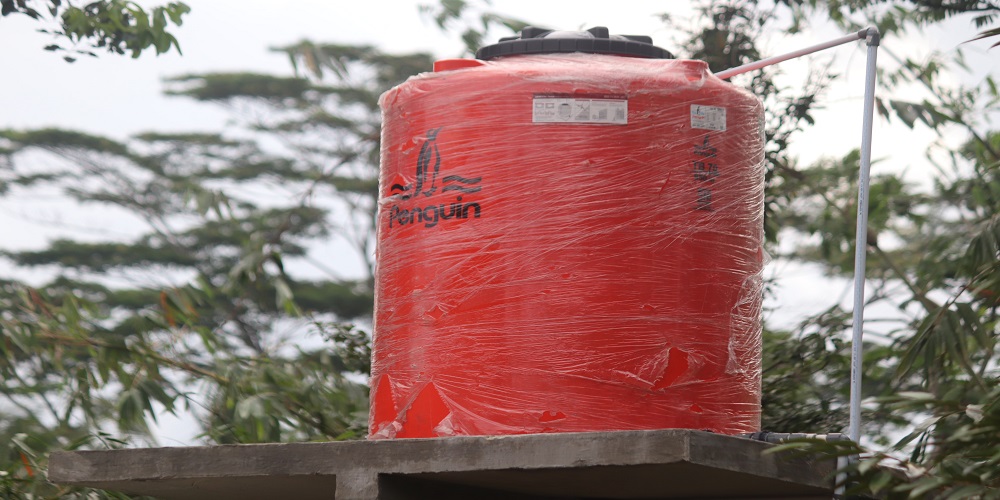If you are looking for the best solution to your waste management needs, then a septic tank and sedimentation tank may both be good options.
However, these two systems have very distinct differences that make them better or worse depending on your specific situation.

Septic Tank VS Sedimentation Tank: What’s the Difference?
A septic tank is a watertight tank that collects and stores domestic wastewater. The primary purpose of these tanks is to treat the wastewater, which contains solids as well as pathogens (harmful bacteria).
Septic systems are used in rural areas where there may not be enough pressure from incoming water from nearby rivers or streams to push through the soil and into the ground.
Septic Tanks Can Be Single or Multiple Chamber
There are two types of septic tanks: single-chamber and multiple-chamber. Single-chambers are used in rural areas, while multiple chambers are more common in urban settings.
Single chamber septic systems can be buried if you have a very small yard or if you’re looking to save on maintenance costs. Multiple chambers must be above ground because they require more space for the system components such as pumps and filters.
Septic Tanks are Watertight and Have an Inlet and Outlet Pipe
A septic tank is a container that allows the absorption of human waste into soil. The most common type of septic system uses an underground drain called a leach field.
Which contains gravel or crushed stone in order to capture the liquid part of your toilet’s waste. This is then pumped out into another area like your yard or garden where it will break down naturally over time (no chemicals needed).
It Work if There is a Drain Field
A septic tank can only work if there is a drain field, which requires a lot of space for an effective system. A septic tank is buried underground and connected to an inlet and outlet pipe; this allows water to flow into the tank, where it is processed by bacteria and waste products are removed by natural processes.
If you want your home’s septic system replaced with one that uses sedimentation tanks instead, consider installing one of these systems:
It Never Underground and Only Has One Chamber
The septic tank is a large, underground, open-air container. It holds the dirty water from your home’s plumbing system and allows it to be filtered by bacteria in the soil around it. The sedimentation tank is never underground and only has one chamber.
It Has an Inlet and Outlet Pipe like a Septic Tank as Well as an Emergency Overflow
The sedimentation tank also has an inlet and outlet pipe like a septic tank as well as an emergency overflow. The inlet pipe is used to pump the waste into the tank, while the outlet pipe is where it’s discharged from. The emergency overflow is another way of saying that if there is too much liquid standing in your system (which can happen), you can release it through this pipe.
The Sedimentation Tank
The sedimentation tank includes a sludge accumulation layer at the bottom which needs to be removed every few years. The emptying process is done by vacuuming the sludge from this layer and transporting it to a landfill or incinerator.
Verdict!
We hope you gained some insight into the differences between a septic tank and sedimentation tank. Whatever your situation, we want to help you make the best choice for your waste management needs and septic system installation.

